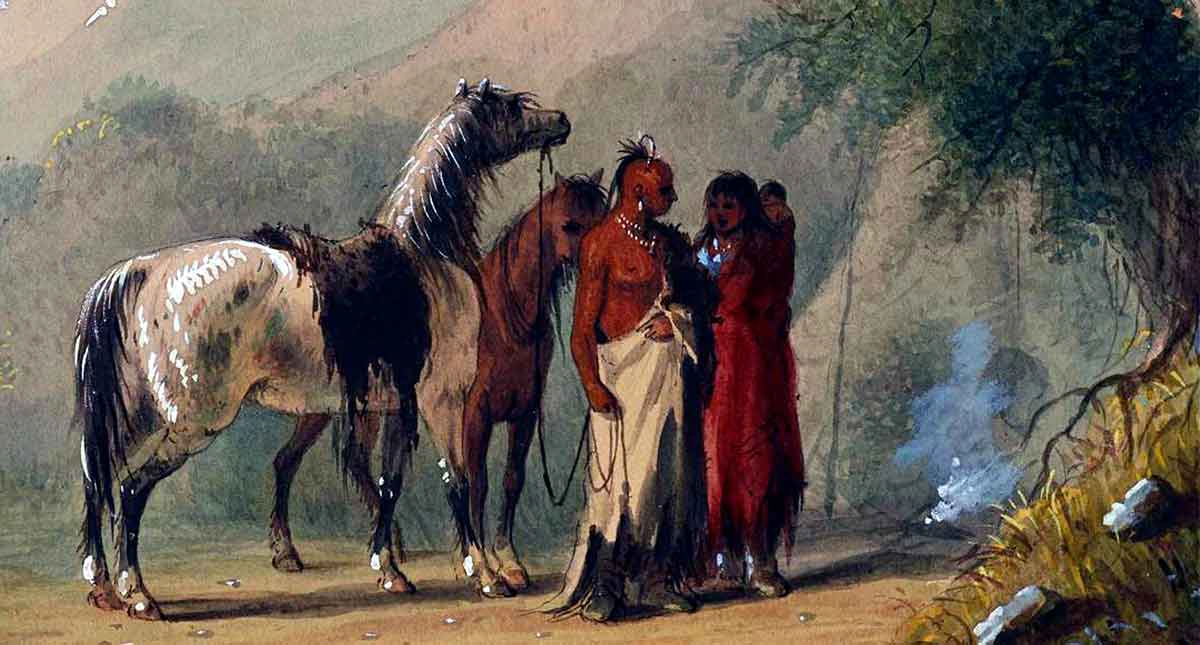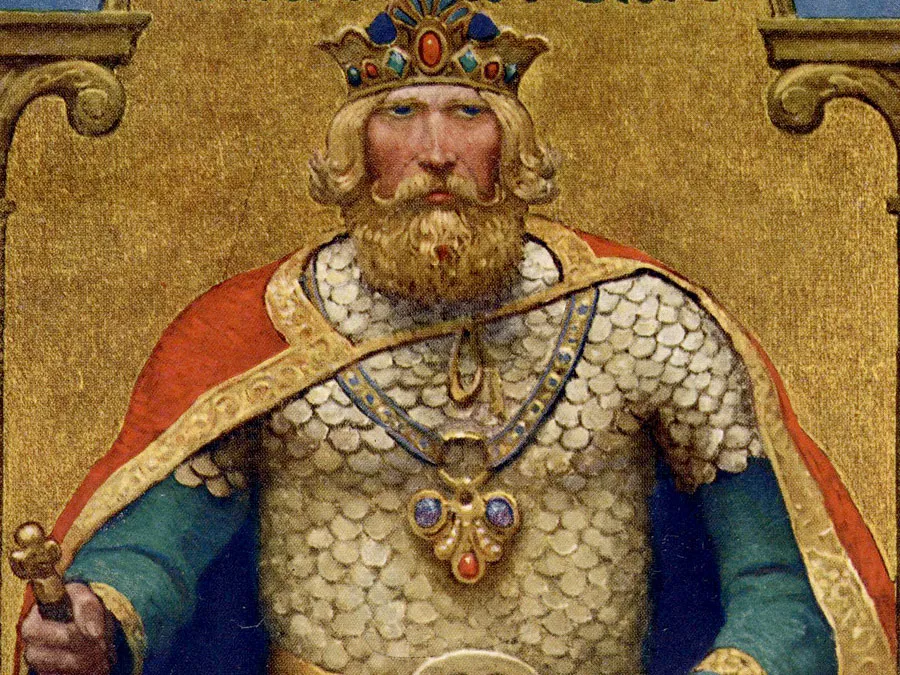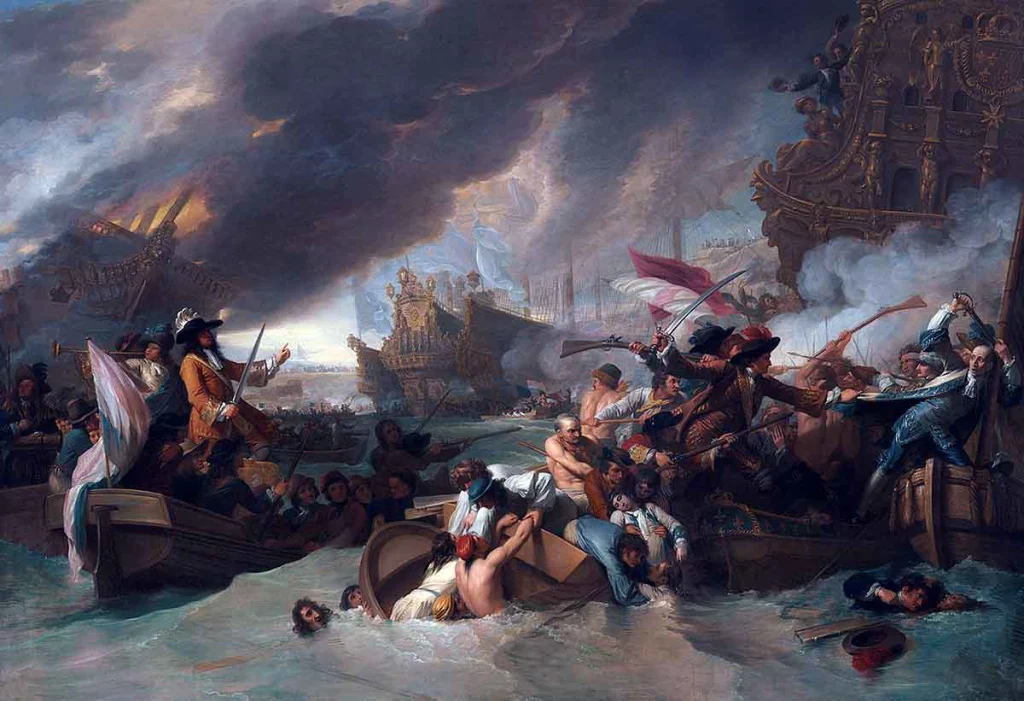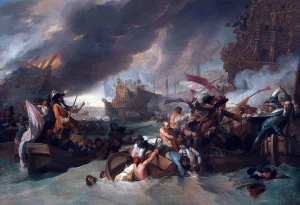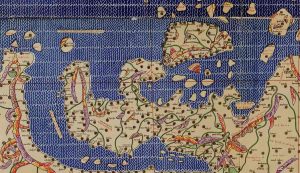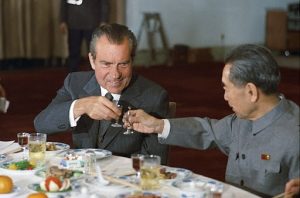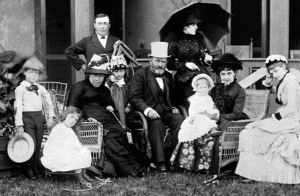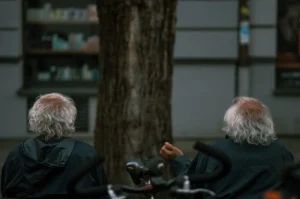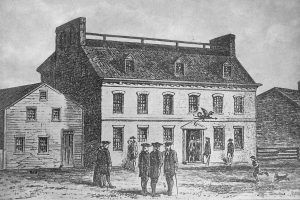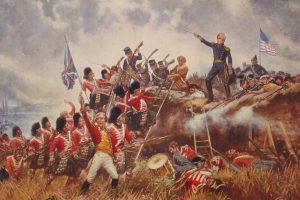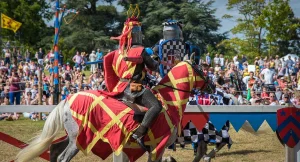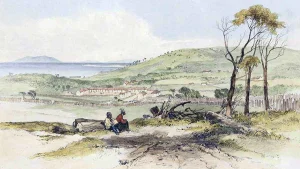What Was the Battle of Little Bighorn?
In June 1876, U.S. Army officer George Armstrong Custer led the 7th Cavalry against a large Native camp near the Little Bighorn River in what is now Montana. The camp held thousands of Lakota Sioux, Northern Cheyenne, and Arapaho people. They were there with their families, horses, and tipis.
Why the fight? In 1868, the U.S. had signed the Treaty of Fort Laramie, creating the Great Sioux Reservation. It included the Black Hills, a sacred area. When gold was found there, many settlers rushed in. The U.S. government tried to buy the land; the Lakota refused. Tension grew. By summer 1876, the Army moved to force the tribes back onto reservations.
On June 25–26, 1876, Custer split his troops and attacked. He underestimated the size and will of the Native force. His detachment was surrounded and wiped out. Around 258 U.S. soldiers died. Native losses were lower, though numbers vary. The battle became known in the U.S. as “Custer’s Last Stand.” For the Lakota, Cheyenne, and Arapaho, it was a hard-fought defense of their homes and way of life.
Why This Battle Matters
- It was a major Native victory during the Great Sioux War.
- It showed that Plains warriors could unite and win against the U.S. Army.
- It also sparked a strong U.S. response. Within a few years, many Native leaders were forced to surrender. So the tribes won the battle but lost the war.
Most tellings focus on famous men like Sitting Bull and Crazy Horse. But women also fought. Here are four who stood out.
Moving Robe Woman (Hunkpapa Lakota)
Also known as Tȟašína Máni or Mary Crawler, Moving Robe Woman was a young Hunkpapa Lakota woman. On the morning of the battle, a rider warned that soldiers were coming. Soon after, her brother One Hawk was killed. In grief and anger, she braided her hair, painted her face red, and rode into the fight.
She later said, “There were Indians everywhere… It was not a massacre, but a hotly contested battle between two armed forces.” Accounts say she shot the Army interpreter Isaiah Dorman and killed another soldier with a knife. Some stories claim she helped kill Custer, though different tribes keep different versions of that moment. What is clear: she fought as a warrior among warriors and is remembered with honor.
Why she matters: Moving Robe Woman shows how women took up arms to defend family and land, especially after loss. She reminds us the battle was fought by whole communities, not just famous chiefs.
Pretty Nose (Arapaho)
Pretty Nose was an Arapaho woman who fought at Little Bighorn alongside Arapaho and Cheyenne allies. We have a striking photo of her from 1879: braided hair, buffalo robe, steady gaze. Later family stories say she lived to over 100 and welcomed home her descendant Mark Soldier Wolf after the Korean War in 1952—singing a war song in his honor.
Some accounts describe her as a war chief among her people at Wind River in Wyoming. While records of her actions at the battle are brief, her status and memory in Arapaho tradition are strong.
Why she matters: Pretty Nose stands for the Arapaho role in the fight and the way women’s bravery carried forward through families and generations.
Buffalo Calf Road Woman (Northern Cheyenne)
Also called Brave Woman, Buffalo Calf Road Woman fought with the Northern Cheyenne. Just nine days earlier, at the Battle of the Rosebud, she saved her wounded brother, a moment so important that Cheyenne oral history calls it “The Battle Where the Girl Saved Her Brother.”
At Little Bighorn, she fought beside her husband Black Coyote. In 2005, Cheyenne storytellers publicly shared long-kept oral histories. One story says Buffalo Calf Road Woman struck Custer with a club, knocking him from his horse, before other warriors finished him. As with many moments that day, different tribes tell the ending differently. But all agree she was there and she was brave.
Why she matters: Her story highlights women as decisive actors in battle, not just witnesses. It also shows how oral tradition keeps memory alive when official records are thin or biased.
Minnie Hollow Wood & One Who Walks With the Stars (Lakota)
Two Lakota women are also remembered as fighters that day:
- One Who Walks With the Stars (Oglála Lakota) reportedly killed two soldiers who tried to swim the Little Bighorn River while she was rounding up cavalry horses near a Brulé Lakota camp. For years, history books focused on her husband, Crow Dog, rather than on her own deeds. Today, more historians are correcting that.
- Minnie Hollow Wood (Lakota) is the only Lakota woman known to have worn a warbonnet as an honor for her role at Little Bighorn. A 1925 photo shows her wearing it with pride. Later, she shared her memories with researcher Thomas B. Marquis, helping preserve the Native view of the battle. After the war years, she and her husband surrendered and lived on the Northern Cheyenne Reservation.
Why they matter: Their stories show that women were fighters, horse handlers, and memory keepers—all vital roles in war and in how communities remember it.
Key Points to Remember
- Cause of the battle: U.S. treaty promises were broken after gold was found in the Black Hills. The Army moved to force tribes back to reservations. The Native camp refused, defending their land and families.
- What happened: Custer split his regiment and attacked a much larger camp. He misjudged the force and the will to fight. His detachment was surrounded and destroyed.
- Who fought: Lakota, Northern Cheyenne, and Arapaho warriors—and women like Moving Robe Woman, Pretty Nose, Buffalo Calf Road Woman, Minnie Hollow Wood, and One Who Walks With the Stars.
- Aftermath: This was a Native victory, but the U.S. response was overwhelming. Within a few years, most leaders had surrendered. Many people were pushed onto reservations.
- Why the women’s stories matter: They restore full community truth. Battles affected families, and families fought back. Women showed courage in combat and later kept the history alive.
A Different Kind of “Last Stand”
In U.S. textbooks, Little Bighorn is often told as “Custer’s Last Stand.” For Native people, it was a determined stand for land, law, and life, led by many—men and women. Custer’s death became a symbol in American culture, but in Native memory, the deeper meaning is community defense and survival.
Today, more scholars and museums are finally recognizing these women and their roles. At Little Bighorn Battlefield National Monument, visitors can reflect on both sides of the story. The lesson is simple: when we look beyond one famous name, we see the whole truth—and the women who helped make it.
In One Line
Little Bighorn was a Native victory born from broken promises—and women like Moving Robe Woman, Pretty Nose, Buffalo Calf Road Woman, Minnie Hollow Wood, and One Who Walks With the Stars fought to make it so.

